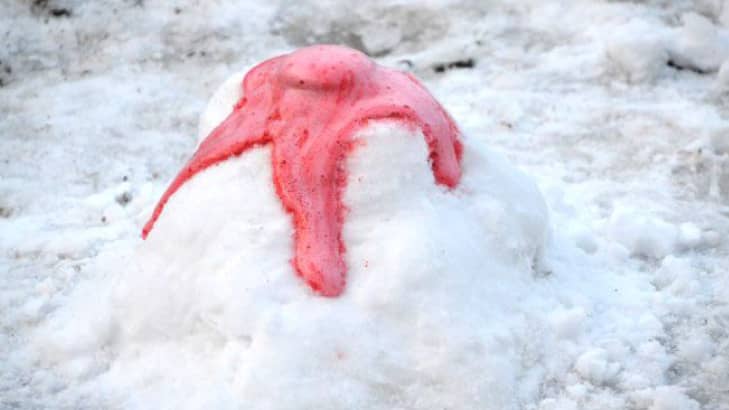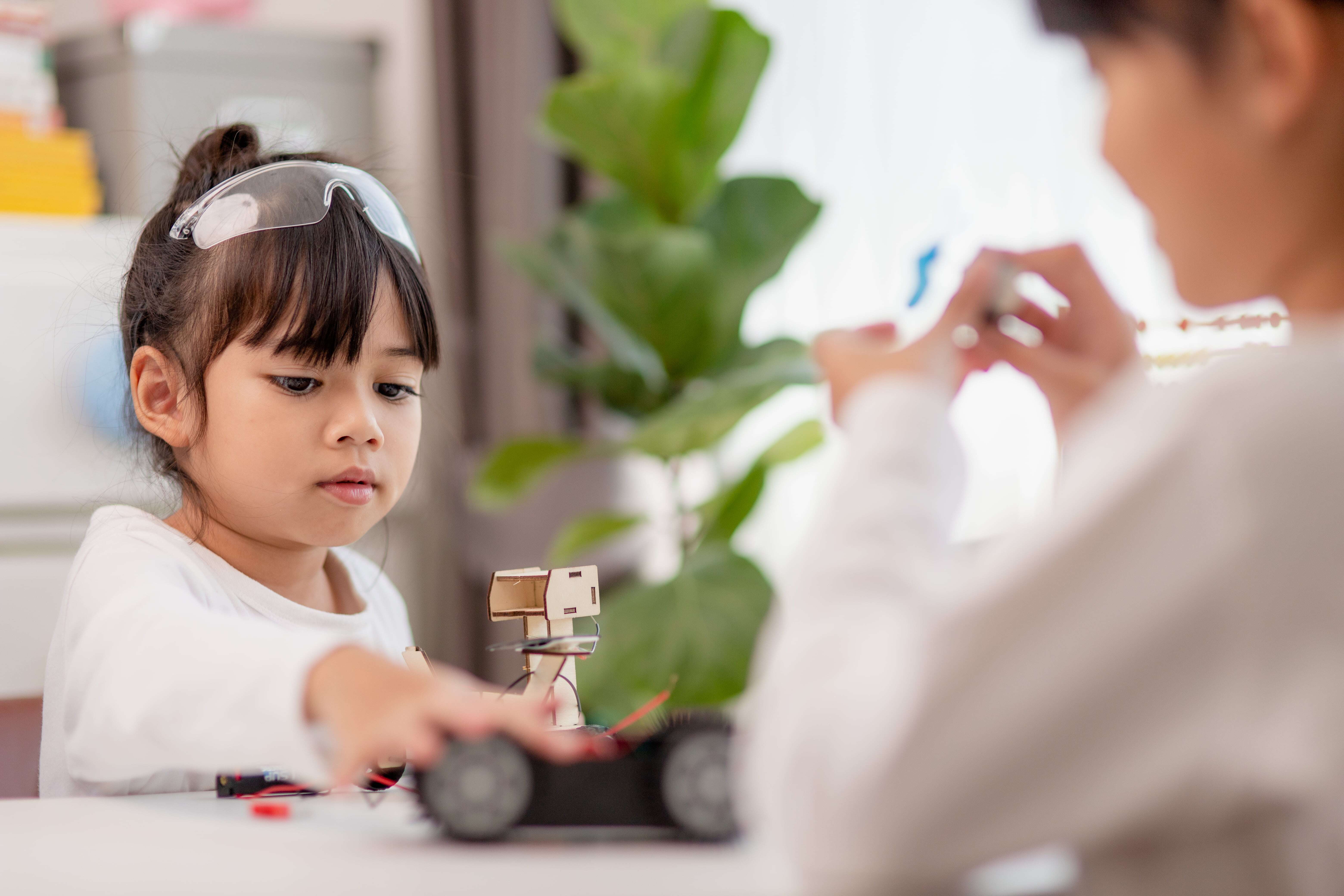Inspire curiosity this National STEM/STEAM Day with 5 fun, easy experiments children can do at home using creativity, imagination, and science.
If you’ve ever watched a child’s eyes light up as they ask, “But why?” you’ve seen the spark that fuels STEM. Science, Technology, Engineering, and Math (and the “A” for Art in STEAM) aren’t just school subjects, they’re ways of seeing and understanding the world.
And National STEM/STEAM Day, celebrated annually on November 8, is the perfect time to inspire young minds to explore.
Why STEM at Home Matters
When children tinker, test, and explore, they develop academic skills as well as build confidence, creativity, and critical thinking. STEM learning teaches children to test ideas, embrace mistakes, and see challenges as opportunities, the same skills that shape innovators, problem solvers, and dreamers.
And when we add the “A” for Art, we remind kids that creativity and logic are partners not opposites, and the best engineers are also artists, the best scientists are storytellers. So grab your young scientist and let’s make magic happen right at home, because all you need is a kitchen counter, a curious question, and a little imagination.
1. Spinning Colour Wheel Magic
Cut out a circle from sturdy paper and divide it into pie-like sections. Colour each wedge a different hue like red, blue, yellow, green, orange, and purple. Then, thread a string through the middle and twist it tight between your fingers. When you pull, the disk spins quickly and suddenly, the colours seem to blend into white or gray!
It’s a simple, mesmerizing way to show that light and colour combine in surprising ways. Children can try different colour combinations, shapes, and speeds, turning it into a playful science-meets-art experiment.
STEM Lesson: Explore colour theory, light mixing, motion, and the physics behind how our eyes perceive colour.
STEAM Twist: Encourage children to design their own rainbows, spirals, or optical illusions, blending creativity with scientific discovery.
2. Paper Bridge Builders
All you need is a few sheets of paper, two books, and some coins or small toys and a question: How much weight can a piece of paper hold?
Start with a single sheet of paper laid flat between the books and it’ll sag quickly.
Then fold or roll the paper into different shapes like accordion-style, tubes, arches and test again. Suddenly, that same sheet can hold surprising weight. Children quickly discover that structure matters more than material which is a powerful engineering truth. As they tinker, test, and rebuild, they’re learning how design transforms weakness into strength. Encourage them to predict each design’s outcome before testing, and let them record their “bridge data” like real engineers.
STEM Lesson: This helps children to understand load distribution, shape strength, and iteration which are the core concepts in civil and mechanical engineering.
STEAM Twist: Have kids decorate their bridges with patterns or colours and name them “Rainbow Ridge” or “The Super Strong Sparkle Bridge.”
3. Make Your Own Lava Lamp
Grab an empty glass, fill it half with oil, add some coloured water, and drop in a fizzy tablet. Then watch as glowing blobs rise and fall like slow-motion fireworks.
It’s mesmerizing and educational as children discover how oil and water don’t mix because of their different densities and polarities. The tablet releases gas bubbles that push the water upward, creating a magical, colourful display. You can even dim the lights and turn it into a mini science show!
STEM Lesson: Children learn about chemistry, density, and the gas behaviour.
STEAM Twist: Encourage children to experiment with colour mixing like red and blue, yellow and green while blending science with creative expression.
4. Balloon Rocket Race
Thread a straw onto a long string, tape the string between two chairs, and attach a balloon to the straw. When you let go of the balloon, whoosh! It zips across the room! It’s thrilling, noisy, and unforgettable. Behind the fun is one of physics’ most powerful ideas that for every action, there’s an equal and opposite reaction. The air rushing out propels the balloon forward just like rocket engines push spacecraft through the sky.
STEM Lesson: Newton’s Third Law of Motion, propulsion, and energy transfer.
Try This: Race two balloons with different amounts of air. Which one travels farther and why? You’ve just turned your living room into a physics lab.
5. Invisible Ink Messages
Write a message with lemon juice on white paper, let it dry, and gently warm it near a lamp. Slowly, the words appear like hidden treasure! Kids are instantly hooked because who doesn’t love a secret code? But beneath the fun lies the chemistry of how the acid in the lemon juice reacts with heat, causing oxidation that makes the writing visible.
STEM Lesson: Children get to learn about chemical reactions and the science of acids.
STEAM Twist: Turn this into a mini spy story! Let kids design envelopes, decode clues, or create a “secret lab.”
Final Thoughts
By turning everyday moments into discovery opportunities, you’re helping children build science and math skills as well as build confidence, resilience, and joy in learning. So this National STEM/STEAM Day, turn your kitchen into a lab, your living room into a maker space, and your backyard into a launch pad.
And keep the momentum going with our other STEM blog posts on How Open-Ended Play Supports STEM Skills and The Power of STEM in Early Childhood Education.
Stay in the know and check us out on social media! Follow BrightPath on Facebook and Instagram for a variety of fun activities and daily inspiration.







